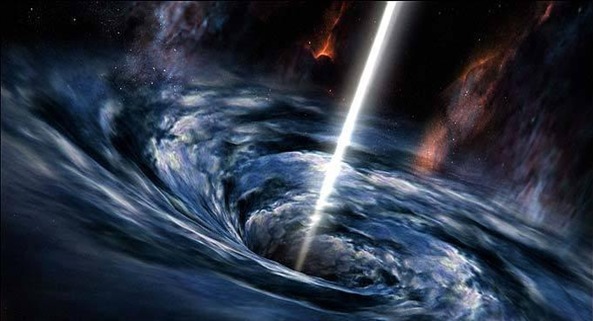Three decades after its conception, half as long in construction, and several years behind schedule, the switch will finally be flicked on the Large Hadron Collider (LHC) at CERN in Geneva, on 10 September.
Once up and running, the $10 billion machine will be world's most powerful particle collider, smashing protons into each other at an energy seven times higher than that of the Tevatron collider in the US. Physicists will then be in uncharted territory, hunting for new particles that could overturn their theories about nature's most fundamental laws.
The main reason for announcing the start-up date almost five weeks in advance is to give the thousands of physicists working on the LHC's four giant particle detectors time to prepare. "This will focus the minds of all concerned to respect the date announced," LHC project leader Lyn Evans told New Scientist.
It has taken six months and hundreds of tonnes of scarce liquid helium just to cool the superconducting magnets that will bend the protons around the 27-kilometer-ring to their operating temperature. Once all 1600 are sitting comfortably at -271 °Celsius, in the next week or two, around 1400 electrical tests will be carried out to make sure that everything is wired up correctly.
This weekend, the operations team will test the injection of protons into one of the LHC ring's eight sectors. This involves using a pulsed magnet to "kick" bunches of protons out of a smaller accelerator called SPS and down a 'transfer line' into the LHC. The procedure is tricky because the pulses and bunches must coincide to within a fraction of a millisecond.
Come 10 September, when the warren of caverns and tunnels has been checked out and sealed off – using high-security, iris-scanning locks, the first protons will be whipped up to nearly the speed of light through a chain of smaller accelerators on the CERN site. Then they will be injected into one of the LHC's two adjacent beam-pipes at an energy of 0.45 trillion electron volts (TeV).
Course correction
The protons might get just a few tens of metres into their 27-km circuit before veering off course and being lost, so the operations team will adjust the magnets and try again with a fresh beam until they have systematically threaded the protons around the entire machine. That could take from a few hours to a few days with a crew working around the clock. Then, the team will have to do the same for the beam in the other direction.
The next challenge will be to get the beams in a stable orbit for several hours at a time. Only then can CERN contemplate ramping up the energy to 5 TeV and finally bringing the counter-rotating beams head on at a collision energy of 10 TeV.
If luck is on their side, that should take place around the time of the official LHC inauguration on 21 October. In early 2009, the protons are set to collide at the full energy of 14 TeV.
Mystery of mass
Discoveries will come much later still. Although some exotic new particles, if they exist, could reveal their presence when the beams collide this year, it will likely take a year for researchers on the LHC's four experiments to understand their cathedral-scale detectors well enough to make a discovery.
Finding the Higgs boson, which would solve the mystery of where mass comes from, could take two to three years.
The LHC schedule has suffered several setbacks, including a delay in fitting the cryogenic plumbing for the liquid helium and a shorter interruption last March due to faulty magnets.
But CERN is now on the home stretch. "It's been a long haul," says Evans. "We're finishing a marathon with a sprint."
Basically they're going to smash some particles into each other at near the speed of light to see if it would create "The Big Bang" again!!
Its going to possibly cause a black hole or anti-matter which will swallow the earth.
An Armageddon ..! i can't believe this crap!
..! i can't believe this crap!
And also check:













10 comments:
worlds most expensive project $2 Billion....
1200 scientists involved in this project from 80 countries...
two beams of particles collide at speed of light... many radiations will be released... collison could endanger planet...???
finally successfully started the big bang experiment... worlds most powerful physics experiment starts...
mankind's biggest puzzle to be solved...
first beam of light fired successfully... all the results will be expected in a month...
Three decades after it was conceived, the world's most powerful physics experiment has sent the first beam around its 27km-long tunnel.
Engineers cheered as the proton particles completed their first circuit of the underground ring which houses the Large Hadron Collider (LHC).
“It’s a fantastic moment,” said LHC project leader Lyn Evans, “we can now look forward to a new era of understanding about the origins and evolution of the universe.”
Scientists have begun an experiment to duplicate conditions in the universe just after the Big Bang.
As the Large Hadron Collider was switched on, scientists in the nerve centre waited anxiously for signs it was working
Post a Comment